John Lewis Partnership has posted a steep fall in full-year profits as tough trading conditions took a toll on its eponymous department store business in particular.
JLP’s profits before bonus, tax and exceptionals slid by 45.4% to £160m in the year to January 26. Gross sales advanced 1% to £11.72bn.
Operating profit at John Lewis & Partners department stores fell 56% to £114.7m. However, at stablemate grocery business Waitrose & Partners, operating profit was up 18% to £203.2m.
Despite improved profitability at the upmarket grocery chain, the Partnership unveiled plans to sell five Waitrose stores. JLP informed staff of the plans yesterday, with around 440 jobs facing an uncertain future.

The partners’ bonus was 3%. That was down on last year’s 5%, and the lowest since the 4% paid out in 1954, but better than some expectations that it would be cut completely.
Partnership chair Sir Charlie Mayfield said: “In line with expectations set out in June, our partnership profits before exceptionals have finished substantially lower in what has been a challenging year, particularly in non-food.
“While partnership profits were down, there were several areas where we have seen performance move forward, particularly in areas where we have invested.
“In John Lewis & Partners, the launch of our own-brand womenswear and expansion of our personal styling offer has driven strong sales growth in fashion, growing market share significantly. In addition, the investment in frontline service delivered best-ever customer experience ratings in John Lewis & Partners.
“In Waitrose & Partners, significant investment in Waitrose.com, new customer smartphone apps and customer delivery services has led to a strong increase in online grocery sales of 14%, well ahead of the market, and increased online customer satisfaction.”
Mayfield expected difficult trading conditions – including any fallout from Brexit – to continue.
He said: “We have been preparing for the operational implications of Brexit for well over a year, and are in a good position for a managed transition. This covers currency, tariffs, customs and labour.
“The main risk in an unmanaged transition is a strong fall in consumer confidence and the impact that has on trade. Given the current level of uncertainty, we expect 2019 trading conditions to remain challenging. We have built up a strong liquidity position at nearly £1.5bn so that we have the financial headroom to mitigate the risks and make sure we can continue investing for the future.”





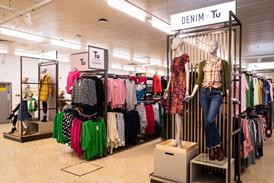
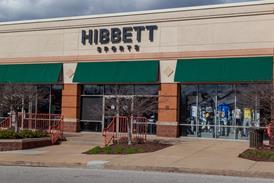



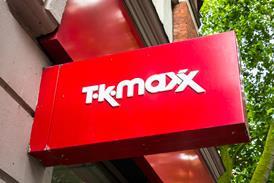







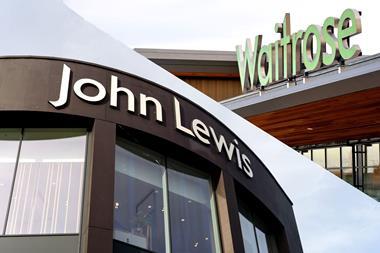


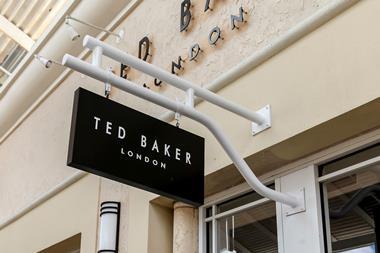


No comments yet